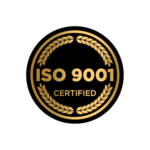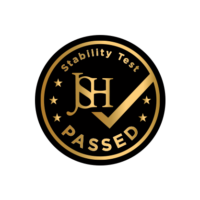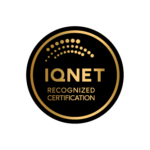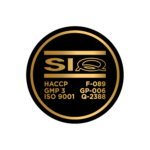-
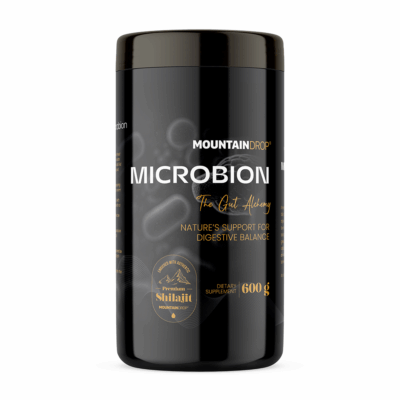 Mountaindrop® Microbion: Natural Blend for Gut Alchemy
×
€98,951 × €98,95
Mountaindrop® Microbion: Natural Blend for Gut Alchemy
×
€98,951 × €98,95
Greetings to our ever-curious community! It’s always a pleasure to embark on these enlightening journeys with you. Together, we’ve unraveled the mysteries of Shilajit, ashwagandha, and other gems of nature. Each exploration not only deepens our understanding of holistic health but also ignites a sense of awe at the myriad ways nature nurtures our well-being.
Today, we’re venturing into a new territory – the enigmatic world of autophagy. For some, this term might echo with familiarity, a concept well-explored. For others, it’s a novel term, an uncharted territory. Regardless of your prior acquaintance with autophagy, I’m confident that the insights it holds promise to resonate with each one of us.

One of the things I’ve always admired about ancient healing traditions, like Ayurveda, is their profound understanding of the body’s natural rhythms and processes. There’s something inherently beautiful about this wisdom, rooted in centuries of observation and practice. It’s a dance of knowledge that has gracefully flowed through generations, emphasizing the importance of aligning with the body’s innate mechanisms to achieve optimal health.
Derived from the Greek words for “self” and “eating,” autophagy is a biological marvel that has piqued the interest of the scientific and wellness communities alike. It’s a narrative that weaves through the tapestry of cellular health, aging, and disease prevention. As we navigate this terrain, the revered subjects of Shilajit and ashwagandha will be our companions, illuminating the path with their intrinsic connections to autophagy.
In many ways, autophagy embodies this principle. While the term itself might have a contemporary ring to it, the process it describes is as ancient as life itself. It’s a testament to the body’s intelligence, a silent symphony of cellular activity where cleansing, renewal, and rejuvenation occur from within. Every cell, in its silent wisdom, knows the dance of autophagy, a process where old, damaged cellular components are gracefully recycled, making way for the new.
As we venture deeper into the intricacies of autophagy and cellular renewal, it’s essential to acknowledge the scientific nature of our journey. We understand that delving into the scientific aspects can sometimes feel overwhelming. However, it’s our commitment to ensure that these insights are accessible, comprehensible, and valuable to all our readers. We aim to bridge the gap between complex scientific jargon and everyday language, unraveling the essence of these discoveries in a manner that resonates with everyone, regardless of their scientific background.
SGLT2 inhibitors are medications primarily used for managing type 2 diabetes. They work by inhibiting the reabsorption of glucose in the kidneys, leading to the excretion of excess glucose through urine, and thereby reducing blood sugar levels.
You might be wondering why we’re discussing a diabetes medication in an article about autophagy and natural healing. The reason is to highlight the universal significance of autophagy. It’s a process so fundamental to cellular health that it’s being studied across various medical disciplines. By understanding how different fields, including modern pharmacology, are exploring autophagy, we can gain a more comprehensive insight into its importance and applications.
Research has shown that SGLT2 inhibitors can enhance autophagy. This discovery is not just a win for diabetes management but also underscores the pivotal role of autophagy in overall cellular health and disease prevention.
The exploration of SGLT2 inhibitors in the context of autophagy exemplifies the intersection of modern medicine and natural healing principles. It underscores a holistic approach to health, where understanding and enhancing cellular renewal processes are central to promoting well-being.
It’s a testament to how even in modern medicine, the principles of balance and renewal—core tenets of nature—are recognized and harnessed. While we always advocate for natural remedies and supplements, it’s enlightening to see the broader medical world echoing nature’s wisdom in various ways.
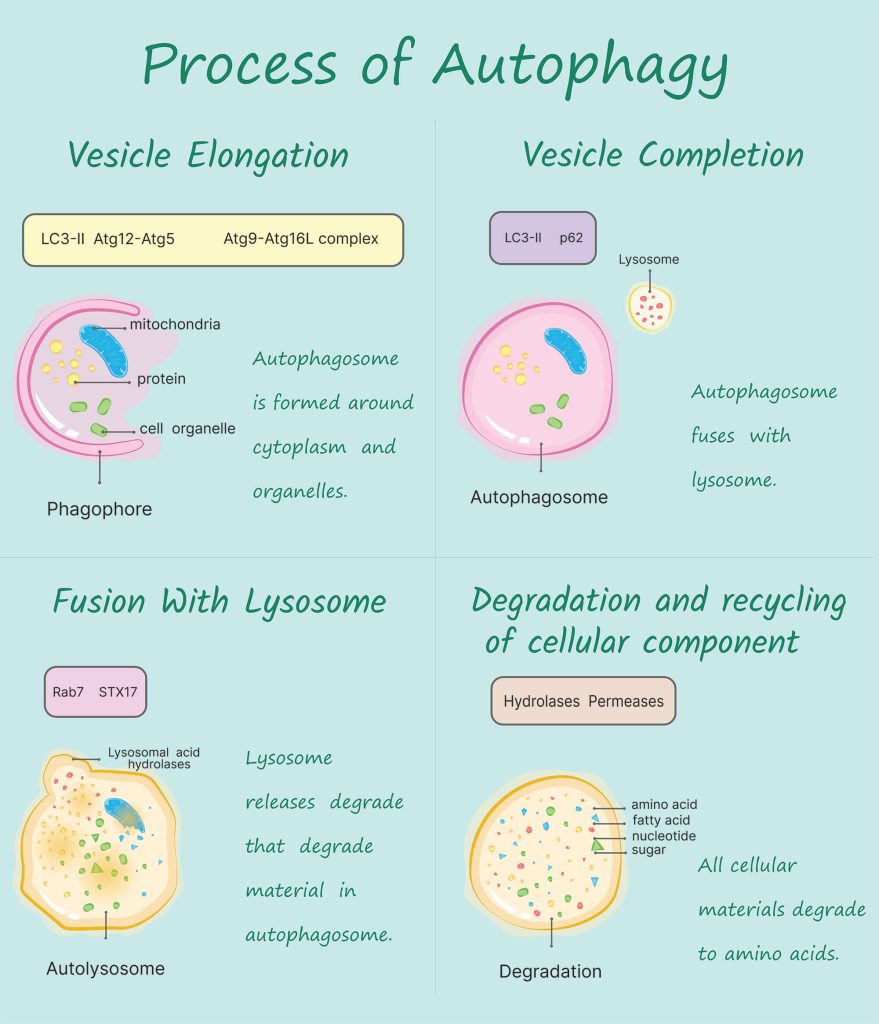
Autophagy, a process where our cells self-cleanse and rejuvenate, is not a solitary event. It’s influenced by a myriad of factors, including the nutrients and compounds we ingest. Here, natural compounds like hinokitiol, carvone, and anthocyanins aren’t just passive participants; they’re active influencers, each contributing to the optimization of autophagy.
Hinokitiol, found in various aromatic and medicinal plants, is celebrated for its robust antimicrobial properties. It’s like a silent warrior, bolstering our body’s defenses against bacteria and fungi and acting as a guardian against chronic inflammation.
Carvone, another gem, lends its delightful aroma to plants like caraway and dill. But it’s not just a sensory delight; it’s a functional marvel. It eases muscle spasms and aids digestion, showcasing nature’s knack for pairing pleasure with purpose.
Hinokitiol and carvone, though distinct, both influence our body’s cellular processes. They’re like nature’s skilled artisans, each contributing to the intricate dance of autophagy, where cells rejuvenate and renew themselves. It’s a dance of life at the cellular level, a silent yet profound rhythm of renewal and rebirth.
Anthocyanins are not just nature’s color palette but also potent contributors to cellular health. They’re found in blueberries, raspberries, and even in our Yerba Mate, painting our foods with vibrant hues while nourishing our cells.
These compounds are cellular allies, influencing pathways involved in autophagy. Every bite of anthocyanin-rich fruit is not just a sensory delight but a step towards enhanced cellular renewal and vitality.
A comprehensive review titled “Health benefits of anthocyanins and molecular mechanisms: Update from recent decade” delves into the health benefits of anthocyanins. These natural compounds influence several cellular pathways, some of which are involved in autophagy. This means that when you consume fruits rich in anthocyanins, you’re not just enjoying their taste but also potentially supporting your body’s cellular renewal processes.

Autophagy is nature’s silent guardian of cellular health. Intermittent fasting (IF) is like a dance that aligns with nature’s rhythms, amplifying the effects of autophagy.
Research on “Eat, Train, Sleep—Retreat? Hormonal Interactions of Intermittent Fasting, Exercise and Circadian Rhythm” highlights that during fasting periods, the body’s energy sources shift. As glucose reserves deplete, cells begin to break down damaged components for energy, effectively boosting autophagy. This natural cellular cleanup is further optimized when our eating and fasting cycles align with our body’s internal clock, ensuring a harmonious balance between nourishment and renewal.
Physical activity is not just about strength; it’s a journey into cellular renewal. Exercise stimulates energy metabolism, and as cells hustle, autophagy kicks in, recycling damaged components and energizing the body.
The insights from “Neurotrophic effects of intermittent fasting, calorie restriction and exercise: a review and annotated bibliography” reveal that exercise-induced autophagy is particularly pronounced in muscle tissues and the brain. This enhanced autophagy not only supports muscle recovery but also promotes neural health, safeguarding the brain from potential damage and fostering cognitive resilience.
Our choices, from the foods we savor to the sleep we indulge in, are steps in the dance of life that influence cellular health. Aligning with nature’s principles, we not only enhance autophagy but also step into a life of harmony, health, and vitality.
The narrative review “The Association Between Regular Physical Exercise, Sleep Patterns, Fasting, and Autophagy for Healthy Longevity and Well-Being” underscores the role of sleep in autophagy. During deep sleep phases, the brain undergoes a process akin to autophagy, termed ‘glymphatic clearance,’ where toxins and waste products are flushed out. Similarly, dietary choices, especially those rich in polyphenols and antioxidants, can stimulate autophagy, ensuring that cells remain robust and functional.
By understanding and harnessing these practices, we not only enhance autophagy but also craft a life that is in harmony with nature’s rhythms. It’s a testament to the profound interplay between our choices, our health, and the timeless wisdom of the natural world

Copyright 2024 © Mountaindrop. All rights reserved. Powered by EOSNET

